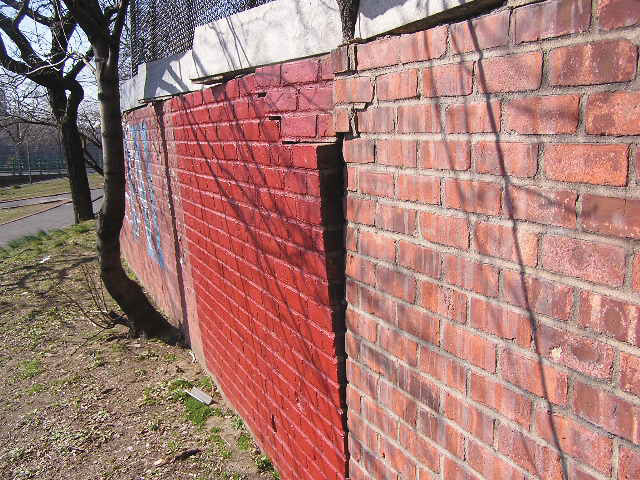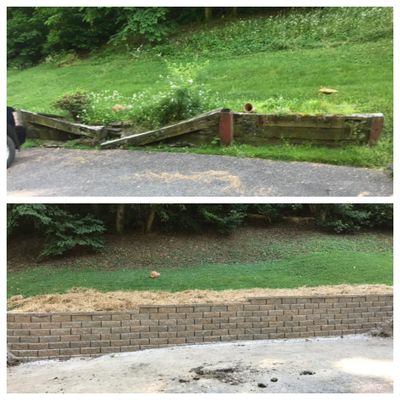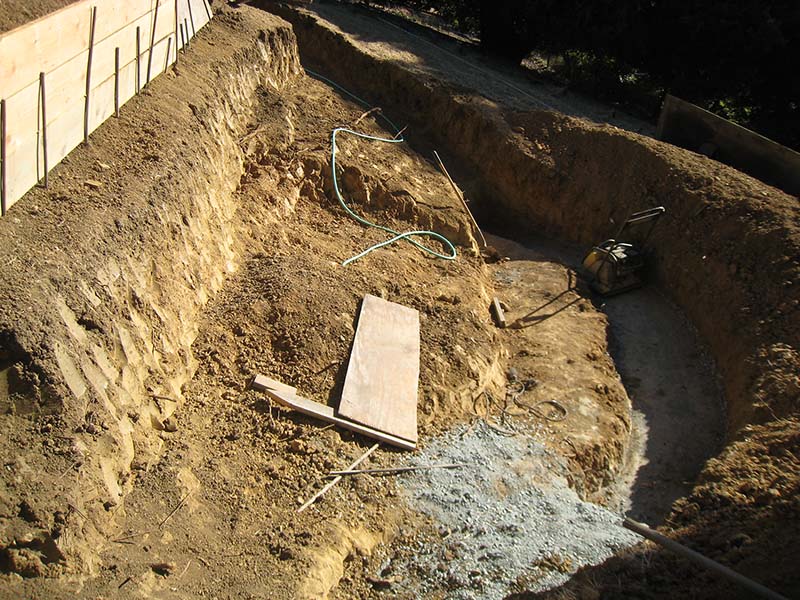The Single Strategy To Use For Retaining Wall Inspections
Table of ContentsNot known Details About Retaining Wall Inspections Retaining Wall Inspections Things To Know Before You BuyNot known Facts About Retaining Wall InspectionsNot known Facts About Retaining Wall InspectionsIndicators on Retaining Wall Inspections You Need To Know

In the field of design, there is arrangement that there are 2 primary perpetrators in compromise or failure of retention wall surfaces. The first, as stated previously, is water, calling for the layout of a water drainage system that will certainly maintain this trouble to a minimum.
When Consulting Solutions, Inc. works on your project, whether it is the layout of the building and construction of a keeping wall surface, construction inspection of a retaining wall or the evaluation of an existing preserving wall surface, you can be ensured that this team has the breadth of technical know-how and also experience to do this job.
Retaining Wall Inspections Fundamentals Explained
Keeping wall surface assessments identify any type of mistakes in preserving wall surfaces that could lead to damage. Retaining walls aren't there for their good appearances.
Whilst maintaining walls can have the result of terracing a parcel so as to make it much more aesthetically appealing as well as easier to keep, they do a lot more than just that. Basically, a keeping wall surface is developed to hold back planet or soil and also sometimes to reroute the water draining pipes down a sloped surface. retaining wall inspections.
Keeping walls are commonly utilized to carve out a flat location of land from an incline to make sure that the land is made suitable for buildings, roads, driveways and courses. Retaining wall surfaces are often required where: There's been some adjustment made to a slope wherein its natural integrity has been lost, or The slope itself is naturally unpredictable; for instance, it may be comprised of loose gravel or rocks.
Top Guidelines Of Retaining Wall Inspections
Often includes from even more than one classification are present in a preserving wall. Like the name suggests, a weight or gravity preserving wall uses gravity to eliminate gravity. It depends on its sheer weight to strongly slow in location and quit the dirt slipping. Because of that, weight or gravity maintaining wall surfaces can be exceptionally thick as well as heavy and also usually constructed from products such as stone, concrete or block.
Because of the weight needed to make anchor a gravity keeping wall surface efficient, they can be fairly costly and also require a whole lot of product and space. Loading or stack preserving wall surfaces count on heaps (posts or slabs) or sheeting driven into the ground. Effectively the weight of the incline below the pole, plank or sheet is utilized to neutralize the weight of the slope above, similar to a lever (retaining wall inspections).
Cantilevered keeping wall surfaces often count on steelreinforced concrete Visit This Link elements shaped like bottom-side-up T's wedged or cut right into the incline. The weight of the slope over weighing down on the horizontal part (the 'footing') anchors the wall surface into area and counteracts the natural circulation of soil and water downhill. Gravity, stack as well as cantilevered maintaining wall surfaces can also be further reinforced by being secured right into location with cords that have been tired right into the slope and also safeguarded with mechanical bolts (like barbs on a fish hook) or with the shot of pressurised concrete into the anchor point to make sure that the cord can not pull totally free.
The 5-Second Trick For Retaining Wall Inspections
There are several others. Maintaining wall surfaces can be constructed from a broad array of products. Examples of different kinds of preserving walls include: Timber or sleeper retaining wall surfaces Brick maintaining wall surfaces Concrete or concrete sleeper maintaining walls, stone-clad concrete or brick keeping wall surfaces, baby crib keeping walls Rock or rock retaining wall surfaces, some mortared, some unmortared dry rock preserving wall surfaces, stacked rock preserving wall surfaces Block keeping walls, including besser block retaining walls and also interlacing block keeping walls, segmental block keeping resource wall surfaces.

If the products utilized to construct the preserving wall are unsuitable for the dirt, the site, the elevation of the wall or the tons that it will bear, your maintaining wall surface could be a disaster simply waiting to happen. There are lots of things that can fail with a keeping wall surface.

A Biased View of Retaining Wall Inspections
The structure of the incline (ie. what type of material makes up the slope) is additionally very essential in figuring out the safety of a maintaining wall. This is because various materials have various angles of repose. Basically, if you took a jar of sand and poured it onto a table, you 'd notice that there's a point at which you can not make the heap any type of higher because the sand maintains sliding down the incline.
The angle of repose of a particular product likewise depends upon how thick the product is and also just how much friction it generates. An unsafe compound such as very fine sand or silt will have less rubbing and also slide a lot more conveniently and also will consequently have a much reduced angle of repose than other dirts or materials.